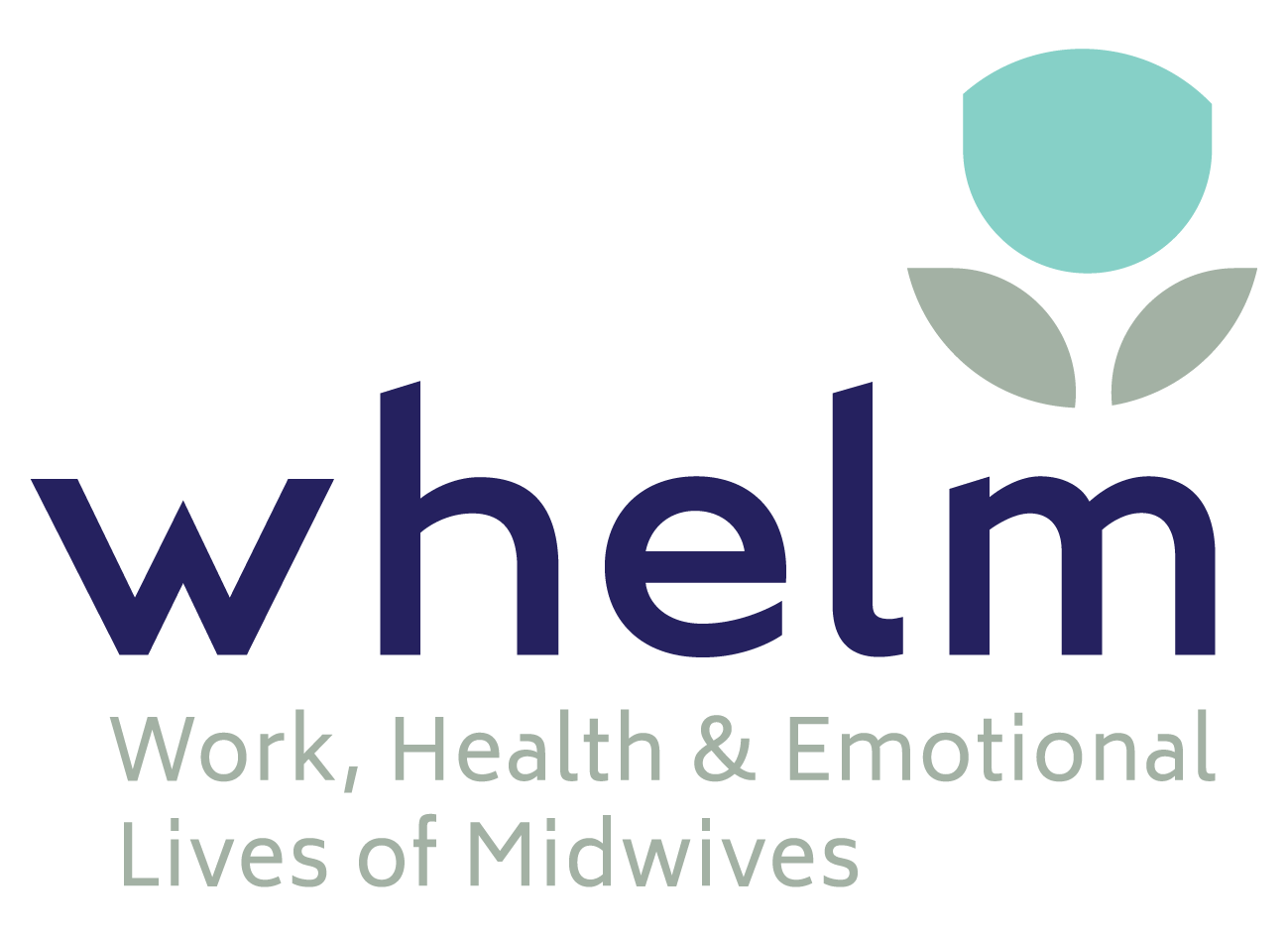Introduction
Internationally, mentoring is an essential part of undergraduate midwifery education. A mentor is different to a preceptor because a mentor does not have authority to evaluate or assess the student’s performance (Bradford et al., 2021). For health professionals, a quality mentoring relationship helps students understand their professional role, become enculturated in the profession, and increase competence in clinical practice (Bradford et al., 2021). In addition, mentoring programs are associated with student retention, graduation and professional registration; particularly for Black, Indigenous and People of Colour (Sutherland et al., 2007). However, little is known about how the midwifery mentor – mentee relationship develops, including barriers and facilitators to success.
New research on midwifery mentoring
A new Australian study describes the development of midwifery mentoring relationship within a structured, undergraduate mentoring program (Sheehan et al., 2021). The researchers conducted focus groups with midwife mentors and midwifery student mentees at two time points -at the beginning of the mentoring relationship, and after 12-months. Midwifery students from all 3 year levels participated in the focus groups or interviews. The transcripts were analysed inductively. That means words and phrases that were relevant to the aim were coded and analysed. The researchers used several procedures to enhance the trustworthiness of their findings and come to agreement on the final three themes.
Key findings
When mentees began, they had concerns they might not fit with their allocated mentor. At the outset, both groups had different expectations of the program. Mentors perceived the focus would be on clinical support, whereas mentees perceived it was more about the mentor ‘being there’ to provide support and help the student feel ‘cared for’. Building the mentor-mentee relationship was described as a three-phase process (Sheehan et al., 2021):
- trying to connect
- becoming known
- an insider on your side
Phase 1
Establishing the relationship could be challenging given mentors and mentees worked in different areas and different shifts (i.e., not together within a continuity model). This was compounded when midwifery students felt concerned about appearing burdensome or making a good first impression. Whereas it worked to have someone else, like a Clinical Lecturer, make the introduction. There was not always a good fit, and some mentors perceived final year midwifery students were reluctant to establish a mentoring relationship.
Phase 2
When there was a connection, mentors and mentees moved to get to know each other. This process was predicated on mutual self-disclosure in a way that facilitated the development of trust. Mentees thrived on feeling ‘seen’ and having someone on their side who was invested in their success. Both groups referred to this as a ‘friendly face’ in the clinical environment that meant midwifery students felt more supported and safer (Sheehan et al, 2021).
Phase 3
Sheehan et al. (2021) synthesised the findings to describe the mentor-mentee relationship as a positive cycle of mutual benefit. Mentors benefited from seeing their impact on the mentee’s confidence and competence over time. Mentees benefited from ongoing encouragement and support by a midwife they trusted.
Implications
The skills and attributes midwives need for to develop quality mentoring relationships, are like those used with birthing women. Being empowering and endorphic can be applied here (Allen et al., 2016) . For example, effective mentors can empower students to identify, reflect and act on their professional development goals, in a way that the student feels safe, relaxed, and comfortable. Effective mentors are active listeners, provide positive affirmation and advice, and communicate respectfully on a regular basis (Bradford et al., 2021). Indeed, engaging in respectful communication, having a shared vision, and being clear about roles; contributes to a positive work environment (Thumm & Flynn, 2018). Midwifery students benefit from continuity both with the women they care for, and the midwives they work with (Fenwick et al. 2016). Embedding students in a midwifery continuity model, with continuity of mentor, may benefit them, and motivate them to work in continuity models when they graduate (Carter et al. 2020).
Highlighted article
Sheehan, A., Elmir, R., Hammond, A., Schmied, V., Coulton, S., Sorensen, K., Arundell, F., Keedle, H., Dahlen, H., & Burns, E. (2021). The midwife-student mentor relationship: Creating the virtuous circle. Women and Birth (in press), https://doi.org/10.1016/j.wombi.2021.10.007
Blog written by
Dr Jyai Allen
References
Allen, J., Kildea, S., Hartz, D. L., Tracy, M., & Tracy, S. (2017). The motivation and capacity to go ‘above and beyond’: Qualitative analysis of free-text survey responses in the M@NGO randomised controlled trial of caseload midwifery. Midwifery, 50, 148–156. https://doi.org/10.1016/j.midw.2017.03.012
Bradford, H., Hines, H. F., Labko, Y., Peasley, A., Valentin-Welch, M., & Breedlove, G. (2021). Midwives Mentoring Midwives: A Review of the Evidence and Best Practice Recommendations. Journal of Midwifery & Women’s Health, 10.1111/jmwh.13285. Advance online publication. https://doi.org/10.1111/jmwh.13285
Carter, J., Dietsch, E., & Sidebotham, M. (2020). The impact of pre-registration education on the motivation and preparation of midwifery students to work in continuity of midwifery care: An integrative review. Nurse Education in Practice, 48, 102859. https://doi.org/10.1016/j.nepr.2020.102859
Fenwick, J., Hammond, A., Raymond, J., et al. (2012). Surviving, not thriving: a qualitative study of newly qualified midwives’ experience of their transition to practice. Journal of Clinical Nursing, 21(13-14), 2054-2063. https://doi.org/10.1111/j.1365-2702.2012.04090.x
Sutherland, J.A., Hamilton, M.J., Goodman, N. (2007). Affirming At-Risk Minorities for Success (ARMS): retention, graduation, and success on the NCLEX-RN. Journal of Nurse Education, 46(8), 347-353. https://doi.org/10.3928/01484834-20070801-03
Thumm, E.B., & Flynn, L. (2018). The five attributes of a supportive midwifery practice climate: a review of the literature. Journal of Midwifery and Women’s Health, 64(1), 90-103. https://doi.org/10.1111/jmwh.12707








